Content
Every year, orchards are attacked by many pests and diseases. Throughout the warm season, gardeners are struggling with this problem with all available means. The processing of the garden in early spring is especially important, because it is during this period that it is possible to nip all misfortunes in the bud, until they have time to wake up and multiply. For the effect to be long lasting and to give one hundred percent protection, trees and shrubs will have to be sprayed more than once: only in the spring months, the treatment is repeated three to four times. An approximate spraying pattern will help the gardener not to get confused and forget anything.
How and how to process fruit trees in spring will be described in this article. It will also offer a calendar of treatments for the orchard by months, consider popular preparations, remedies for pests and diseases of the garden.
Garden preparation
The gardener's work should begin from the first days of spring. When the last snow still lies on the branches, and the paths are bound by frost, it is time to go out into the garden for the first inspection. It's time to shake off the snow caps from the crown so that the melting heavy snow does not break off the shoots that are starting to grow. You can take a pruner with you, trim the crowns, cut out damaged or dried branches.
The grower should inspect every fruit tree and every shrub to identify areas of peeling bark, cut off mummified fruits, and remove insect nests. If there are hollows on the trunk, large cracks, they need to be cleaned, because it is in such shelters that insect larvae like to winter, where pests lay eggs.
When it gets a little warmer, you need to whitewash the tree trunks. It will also be useful to collect last year's leaves, garbage, cut branches - all this should be taken away from the garden and burned.
As a rule, trees are whitened in autumn, and in spring they only tweak the applied layer of lime. Whitewashing is able to cope with fungi, lichens, eggs and insect larvae.
You can prepare a mixture for whitewashing trees in spring like this, mix:
- 2 kg of lime or lime paste;
- 10 liters of water;
- 1 kg of clay;
- 300 grams of copper sulfate.
The resulting composition is thoroughly mixed and the trunks and lower shoots of fruit trees are stained with it.
In early spring, the crown of trees can also be processed. For these purposes, an old proven remedy is perfect - ordinary diesel fuel. Sprayed With diesel fuel, the branches are covered with a thin oily film, under which the larvae and spores simply suffocate and die.
Stages and timing of spraying
Spring processing of the garden with chemicals should begin when stable heat is established on the street - the air temperature during the day will stay at around +5 degrees, and at night it will not drop below zero.
Do not postpone spraying - when the buds begin to bloom, and sap flow is activated in the tree, you will have to reduce the concentration of drugs.The very first treatment is most effective - while the trees are "sleeping", and insect larvae and infectious agents are still inactive.
An approximate spraying calendar for a fruit and berry garden looks like this:
- Treatment of trees and shrubs in early spring, until the buds of the plants swell.
- Spraying flowering trees and shrubs.
- Treatment of plants after flowering.
- During the period of ovary formation and fruit growth.
In any case, spraying trees is recommended in calm dry weather, in the absence of strong solar activity (on a cloudy day, before 10 am, after sunset).
First spraying of the garden
The first spring processing of fruit trees and berry bushes should begin before bud break. This stage is considered the most important, because the entire further spraying scheme will depend on its effectiveness.
The most dangerous diseases of the garden in the early spring period: black cancer, coccomycosis, scab, anthracnose, moniliosis. Of the pests at this time, you can find soil bugs, apple moth, aphids, caterpillars, ticks.
For the first spring spraying, it is recommended to use one of the old and proven products, such as urea, copper sulphate, Bordeaux liquid ("blue spraying"). If these drugs turn out to be ineffective, you will have to purchase chemicals: Anabazine, Trichlorol, Strobi, Teldor, which perfectly cope with parasites and fungi.
Modern gardeners often oppose chemical garden remedies, such as a homemade solution. Prepare it like this:
- Pour two stacks of crushed tobacco leaves into a three-liter jar.
- Add a handful of onion and garlic husks, pine needles and chopped orange peels there.
- All this should be poured with hot water (about 70 degrees), covered with a nylon lid and put in a dark place for about a week.
- After a week, the solution is filtered through several layers of gauze and diluted with ten liters of water.
- The resulting product is mixed and poured into it 100 grams of tar soap shabby on a fine grater.
Fruit trees and berry bushes are sprayed with the prepared solution, repeating the treatment after 10-12 days until the garden blooms.
Spraying the garden before and during flowering
Immediately before flowering, orchards are usually cultivated from caterpillars of the apple moth, scab and spotting. At this stage, karbofos is very effective. To treat trees, take a 10 percent agent, diluting 70 grams of the substance in 10 liters of water.
Immediately after flowering, the trees are re-treated, this time to protect against various diseases. Together with the blossoming flowers, ticks crawl out of the shelters, from which colloidal sulfur can be protected. To prepare the solution, you need to take 80 grams of 70 percent sulfur and dilute it in 10 liters of soapy water. If ticks are not killed in time, they can cause irreparable harm to the orchard.
Spraying at the stage of fruit formation
The processing of fruit trees and shrubs does not end there. When the ovaries are formed, spraying is carried out a third time - the plants protect from the remaining insects and various putrefactive infections.
It is not necessary to carry out the third treatment of the garden for preventive purposes, because chemicals at this stage can greatly harm the environmental friendliness of the crop - toxins accumulate very well in the fruits. Before spraying, trees and shrubs are carefully examined, trying to identify a trace of infection or the presence of insects.
For processing trees at the stage of ovary formation, it is recommended to use:
- copper oxychloride;
- Bordeaux liquid;
- urea;
- combined chemicals with a wide spectrum of action;
- biological products that are not harmful to the garden and are not toxic.
Rules and guidelines
The fact that the garden needs preventive treatment after winter is understandable. Now the main thing is to correctly spray so as not to harm trees and shrubs.
It is recommended to follow the following rules for spring garden processing:
- spray the tree completely, "from head to toe." To do this, first process the crown, then select large branches and alternately spray them in the direction from the edge to the trunk. Last of all, the trunk and the ground in the near-trunk circle are irrigated.
- If it rains within 24 hours after treatment, you will have to repeat everything again.
- It is necessary to prepare the solution after certain calculations: about 5.5 liters of liquid will be required for an adult tree, 1.5 liters will be enough for a young tree or large berry bush.
- For spraying, special cylinders, pumps and sprayers are used. After work, they must be washed with clean water and dried.
- The gardener must use personal protective equipment: mask, goggles, gloves. After treating the garden, wash your face and hands thoroughly with soap.
Conclusion
Every spring absolutely all gardeners and summer residents face the question of how to treat fruit trees from diseases and pests. Today, the choice of special means is quite large: these are chemicals, folk remedies, and modern bio-insecticides. It is much more important to spray at a suitable time, before infections and pests have time to spread and cause irreparable harm.
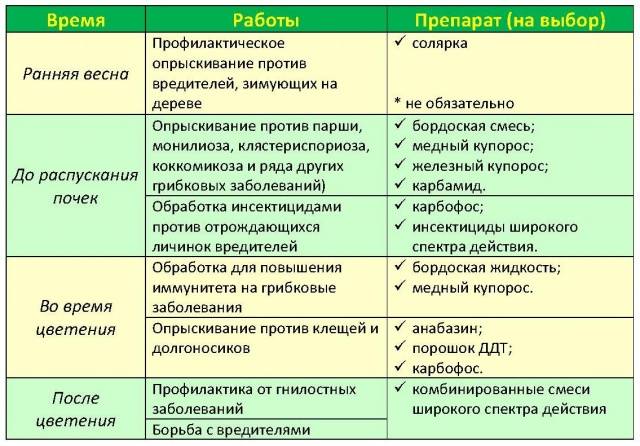
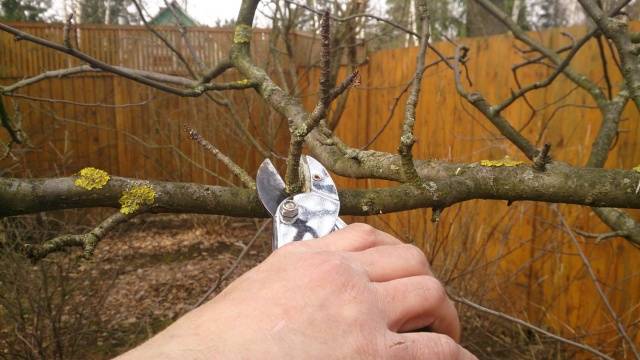
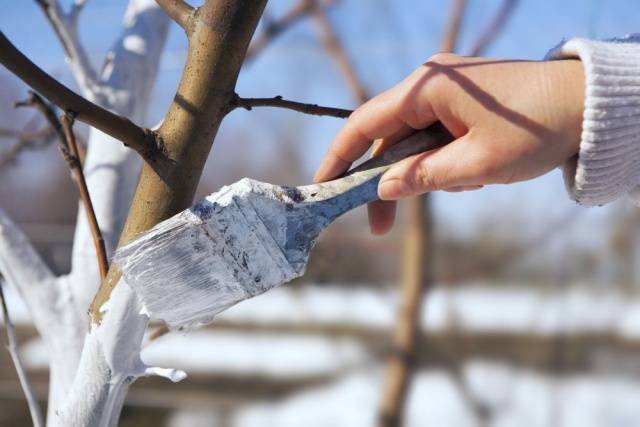
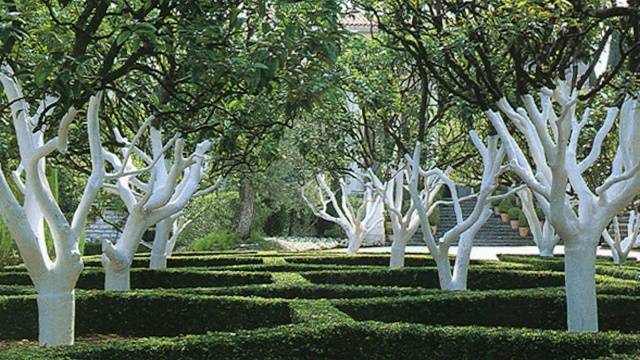
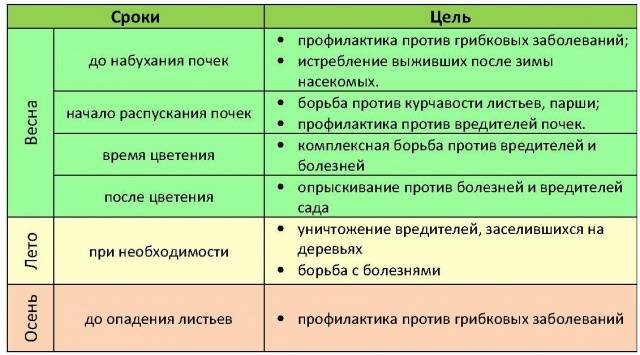
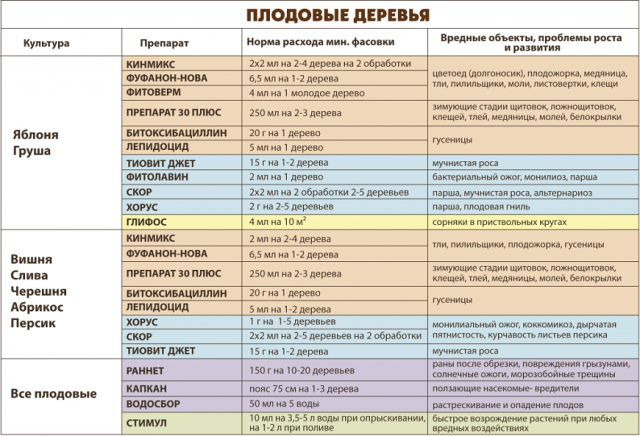
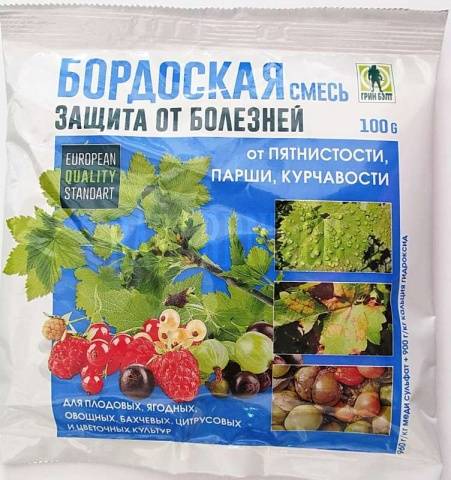
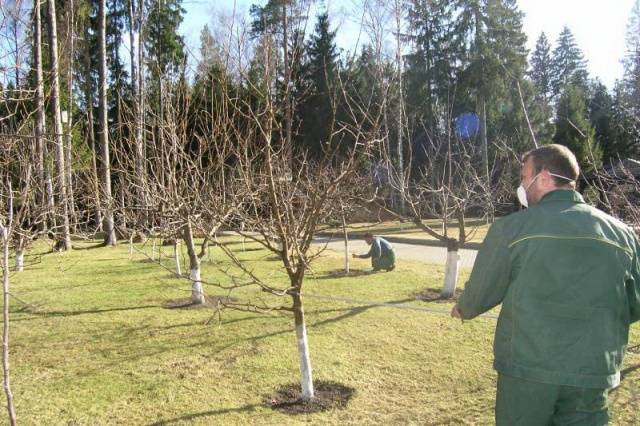
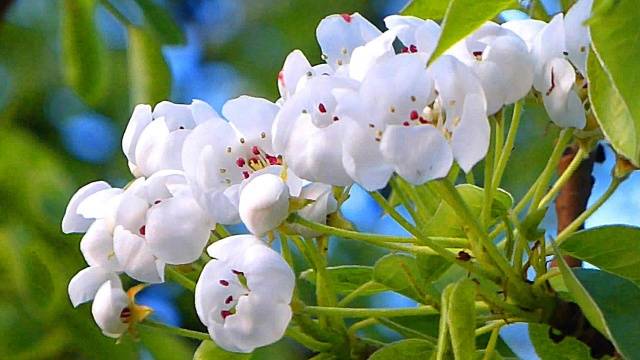
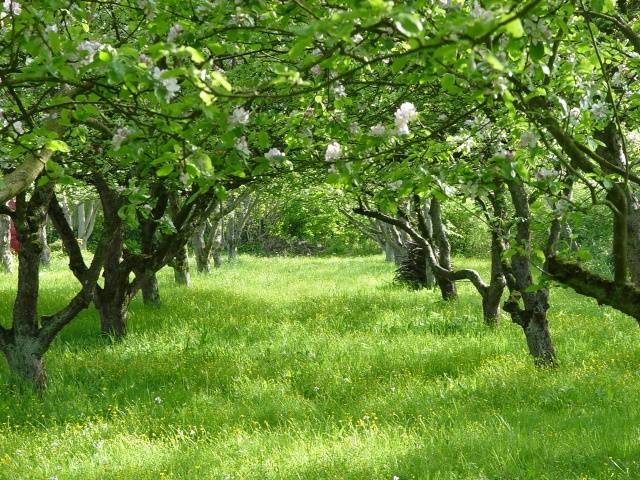
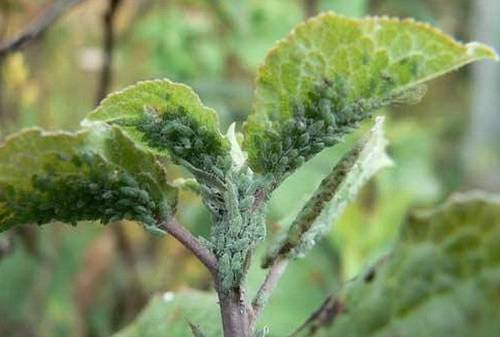
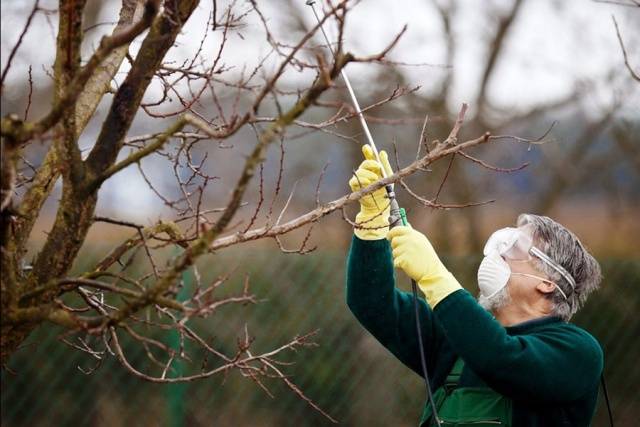
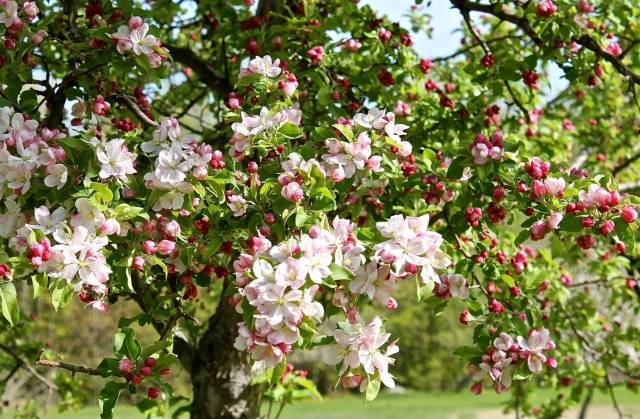


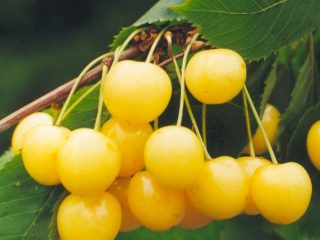

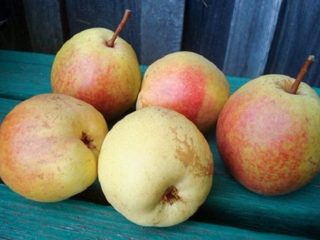



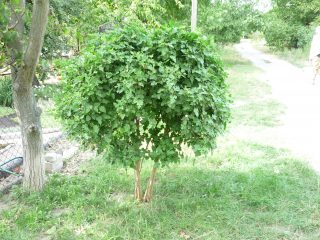
Good afternoon! I have an old cherry (about 40 years old) The branches began to dry Glue appears on the trunk The bark peels off Vertical wounds appeared at the bottom of the trunk What to do
Good day!
The bark of cherries often bursts. There are not so many reasons for the appearance of cracks. In most cases, trunks crack due to a sharp temperature drop in the winter-spring period, frost cracks or sunburn in winter. For more information about the causes of cracks, as well as methods of treatment, see the article. https://gardenlux-en.decorexpro.com/sad-i-ogorod/derevya/pochemu-treskaetsya-chereshnya.html.
The appearance of gum (sticky substance) is a natural reaction to lesions. Treat the tree - the gum will disappear.